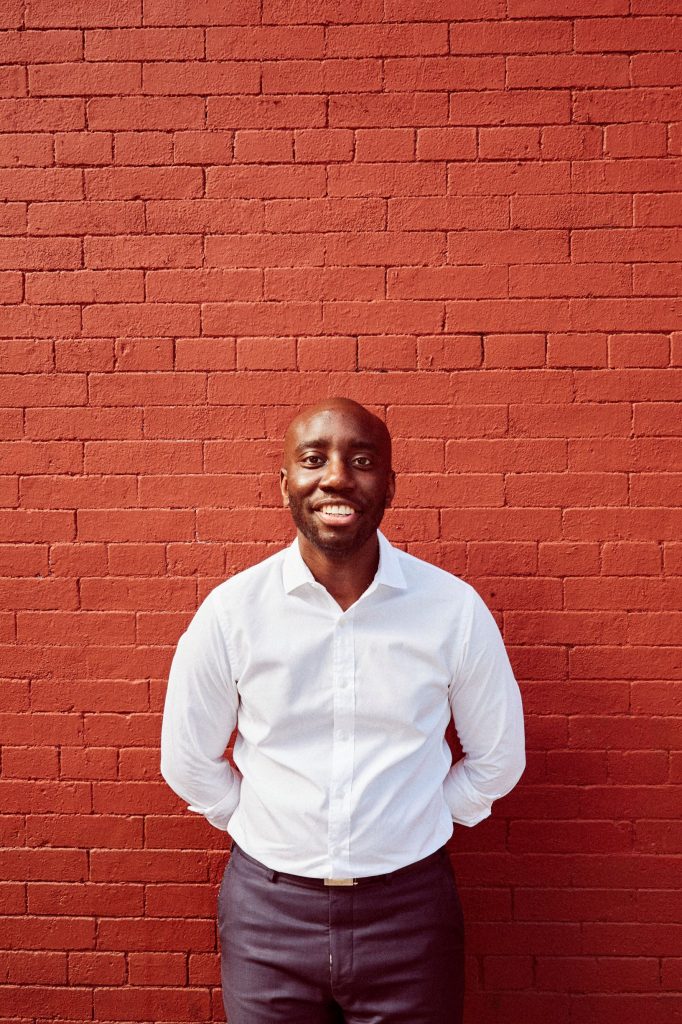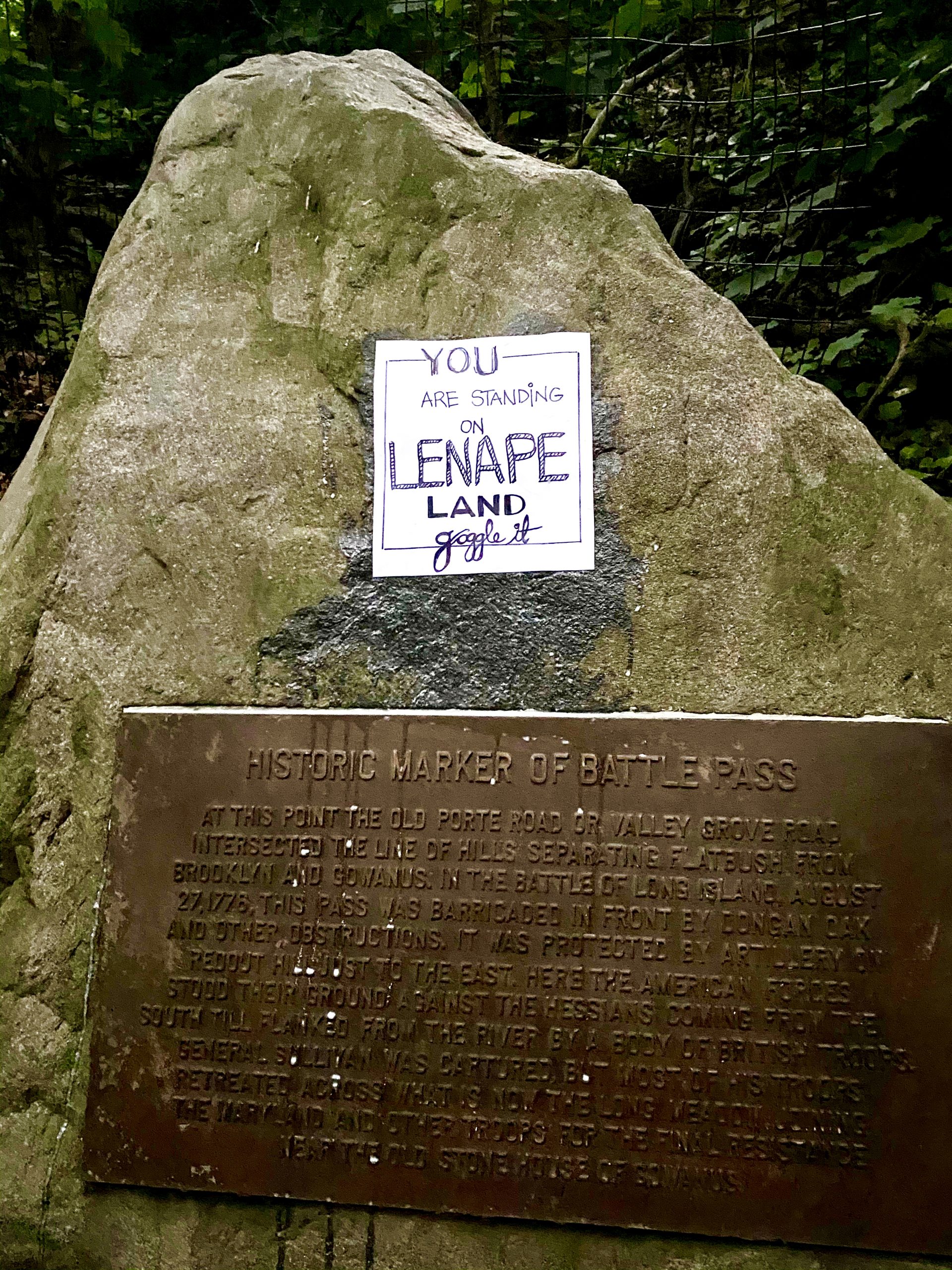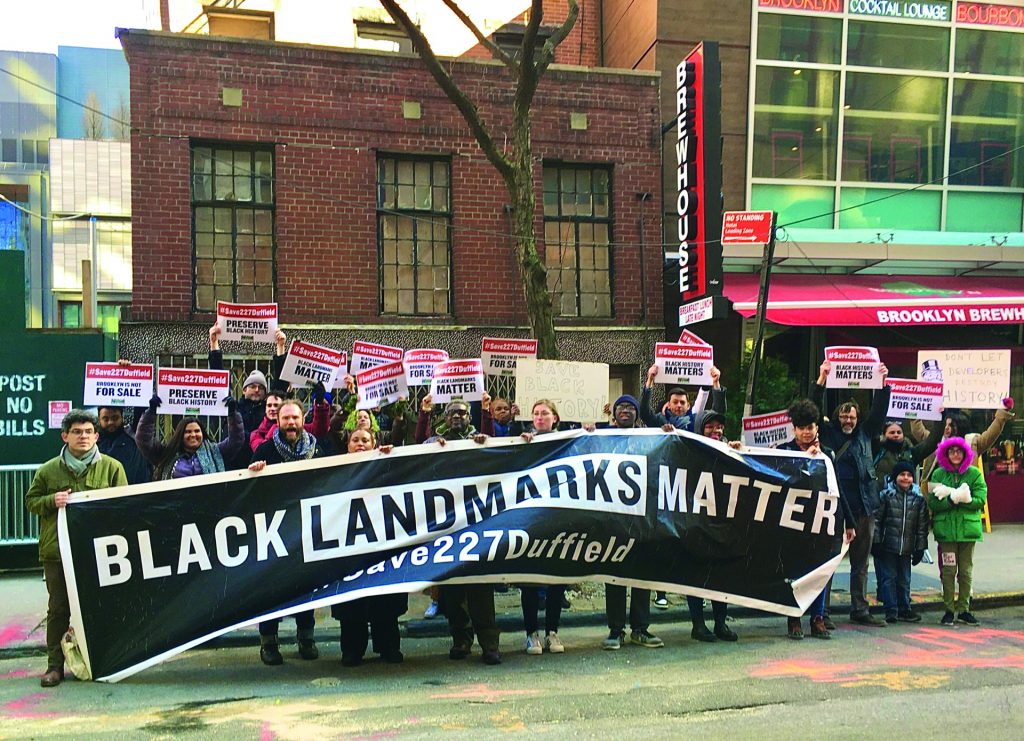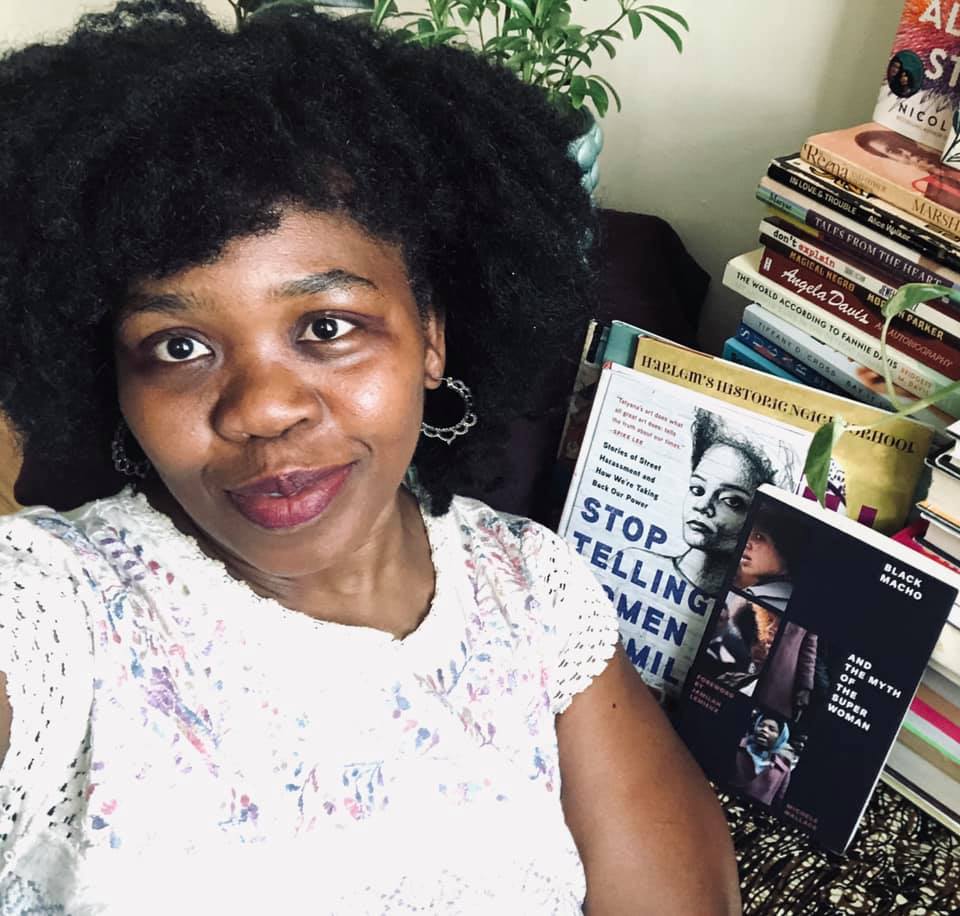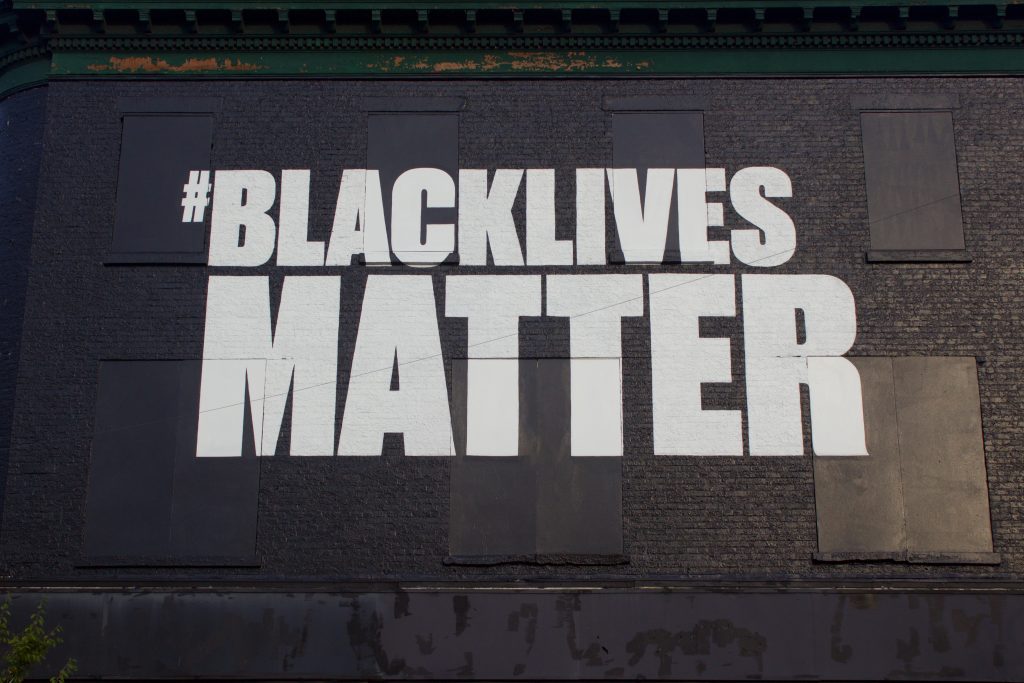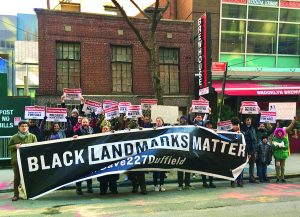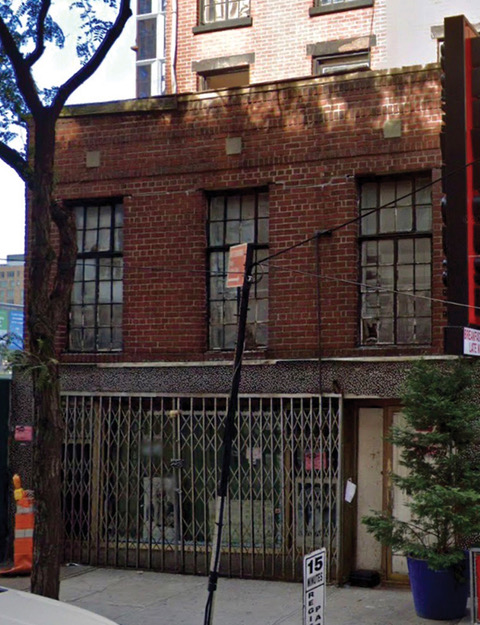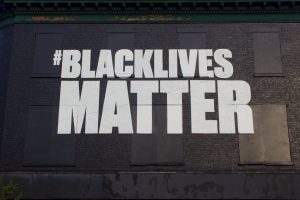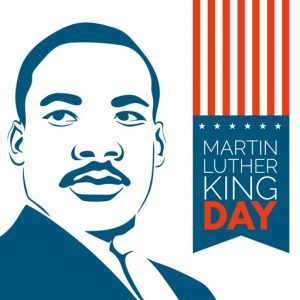
It’s time to celebrate, grow, and build together.
Our top reads to celebrate all of those who work as activists who fight for rights and equality for all.
- The Protests Heard Around the World
- People Over Policing: 6 Ways to Reallocate Funds to Better Serve Our Communities
- Adem Bunkeddeko: Offering Structural Change to NY-9
- The Battle for 227 Abolitionist Place
- The Free Black Women’s Library: A Space for Radical Ideas
- The Earth is Life, and the Land is Our Home: Lenapehoking and its Original Inhabitants
- “A List of Times I Didn’t Say Anything”

